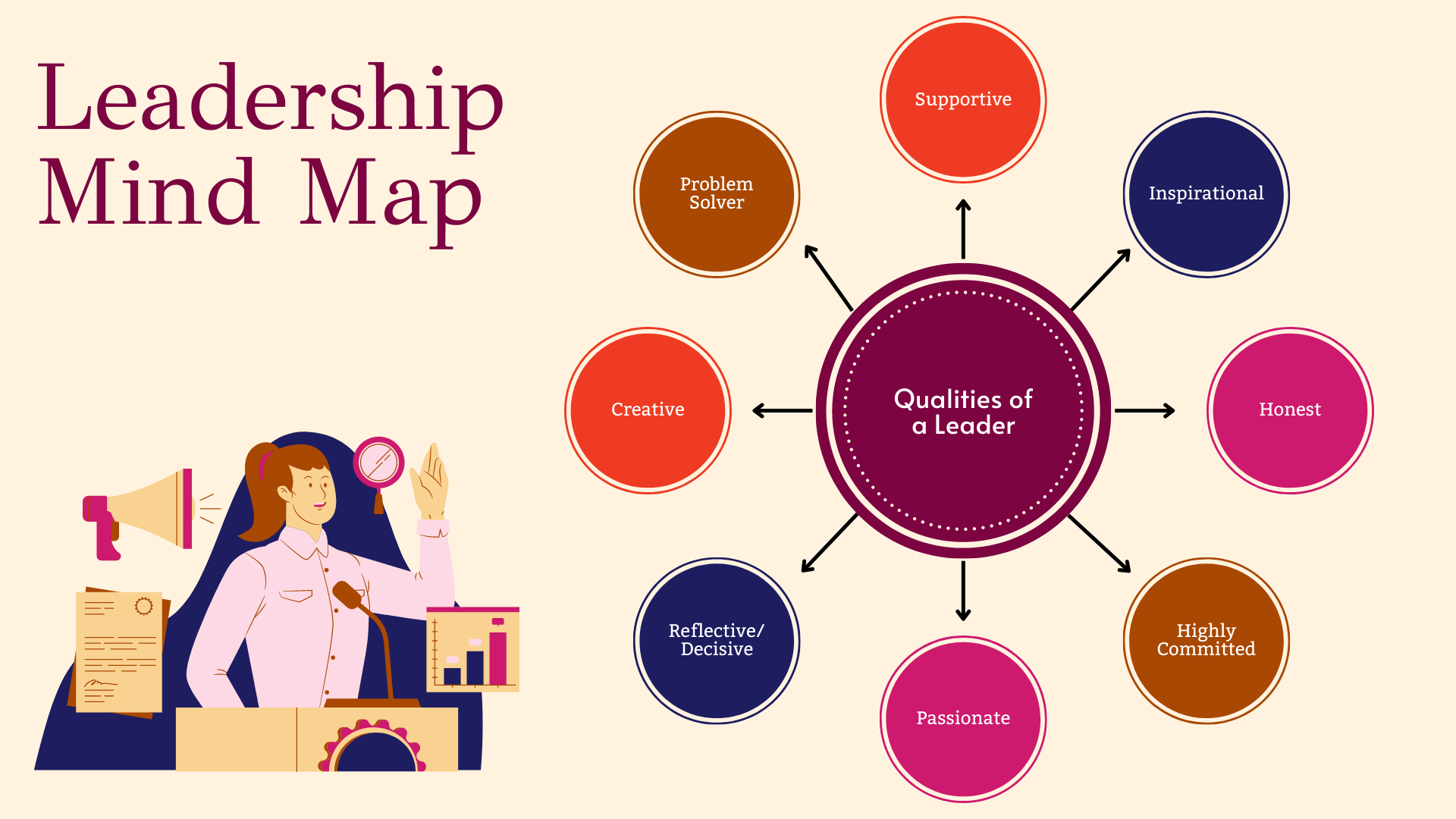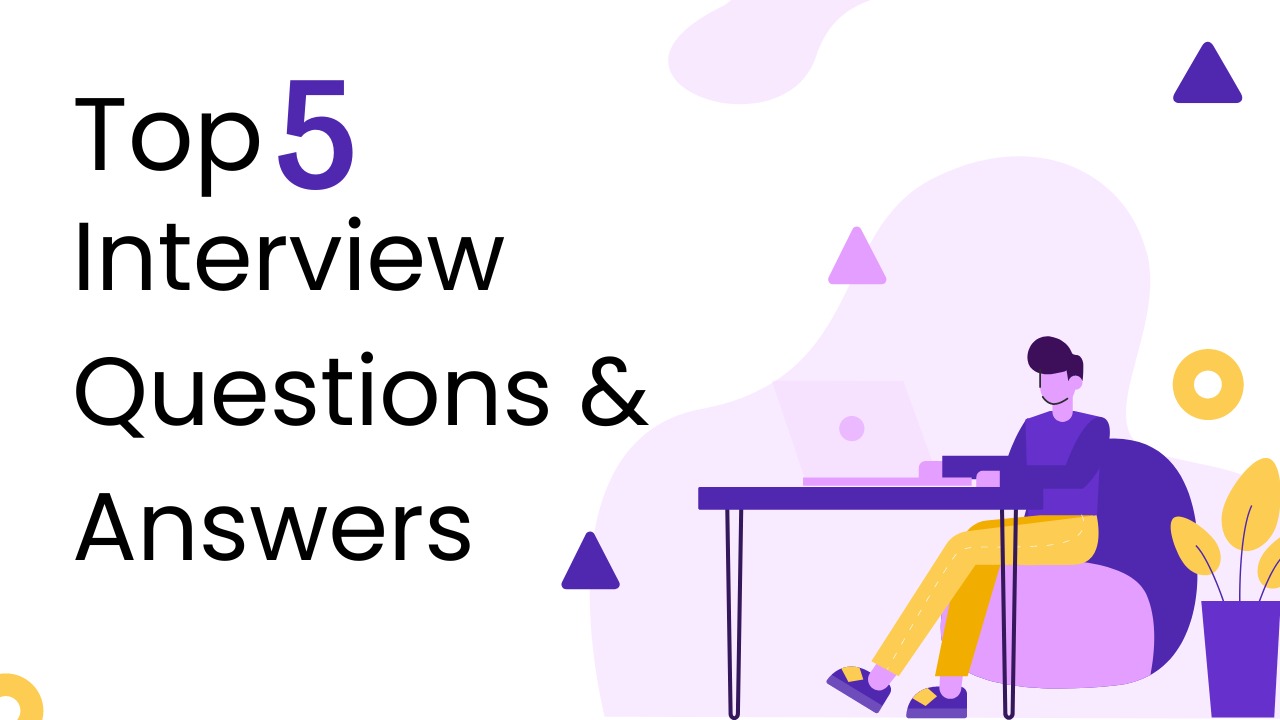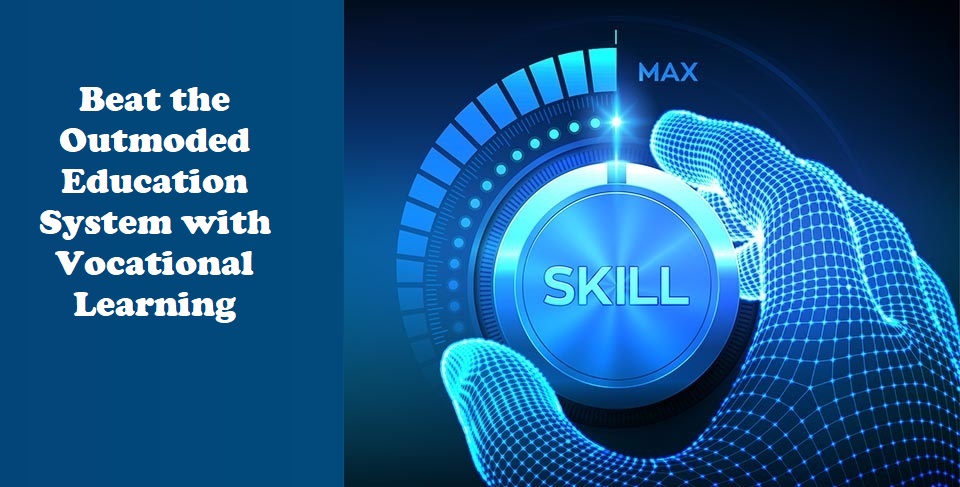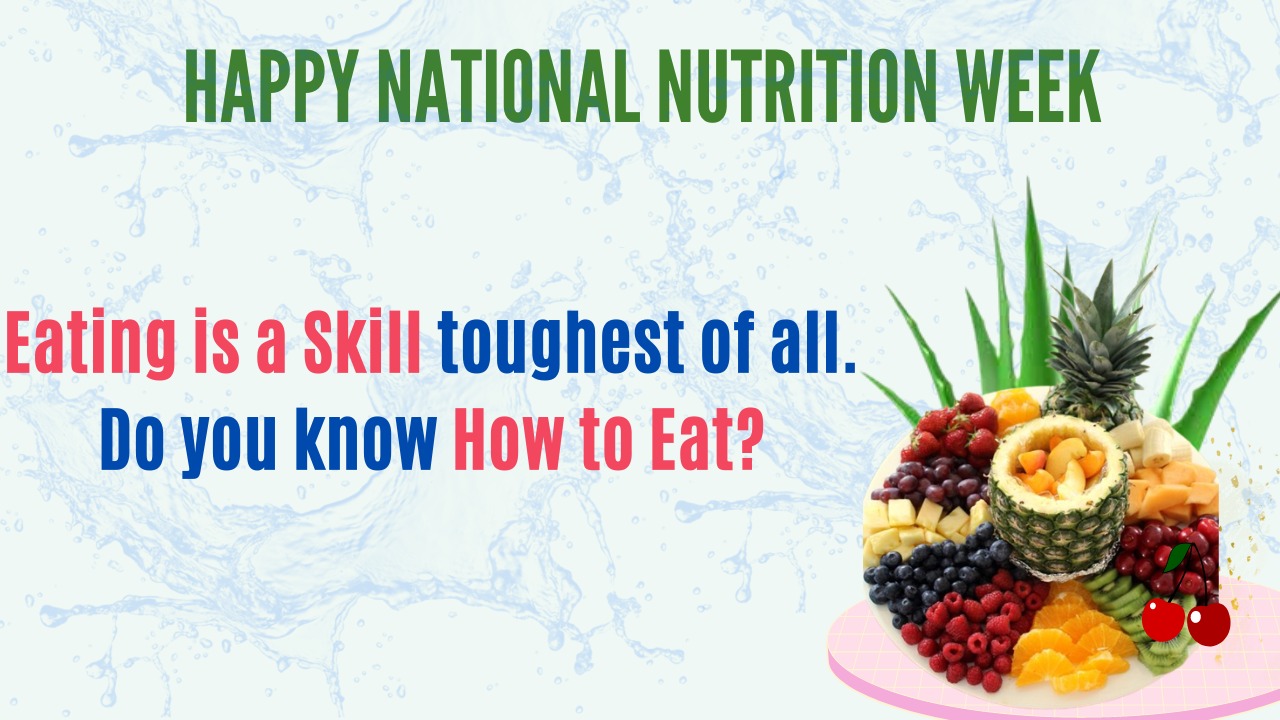The pandemic has encouraged the people to resort to E-learning, right from pre-school to the adults doing their masters in universities. Many universities have now understood the nooks and turns of E-learning and are now comfortable in teaching online.
We Indians always like to compare things, isn’t it? There we have done the comparison for you in this blog between E-learning and Traditional learning?
What is E-learning?
E-learning refers to teaching the course matter virtually with the help of the internet. This can happen in two ways-
One, through live classes, where there will be face to face contact
Two, through pre-recorded videos which can be accessed anytime.
Which Platforms can you use for E-learning?
Platforms such as Zoom, Google Meet, Microsoft Teams and Skype can be used for the live classes. Apps such as Google Classroom, One Drive, Google Drive are used to store important subject documents and recorded videos.
How is E-learning better than the traditional approach?
Both the approaches have their own benefits and drawbacks but in a way, E-learning is much better than the traditional approach.
Firstly, There is High accessibility, the teachers can connect with a huge number of students in one place, even the underprivileged students.
In a traditional approach, the maximum a teacher can handle is 50 students and there is a limitation in the geographical location.
Secondly, The students have access to the subject material 24/7, they don’t have to take down notes at all.
In the traditional approach, the students will have to take down notes and cannot miss classes.
Thirdly, Teachers can communicate with the parents easily as well as the students.
In a traditional approach, the teachers will have to book an appointment and then meet the teachers which is more time-consuming.
Fourthly, In an online education platform, teachers make use of case studies, role plays, videos in their method of teaching which will help students to have a high retention power.
In a traditional approach, students do not have a high retention power as the teachers will not use modern teaching approaches such as videos, so their retention power will be minimum
Fifthly, E-learning saves time in comparison to traditional learning as the students will not have to commute and its’s cost-effective, whereas in the traditional approach, the students will have to spend money on travel which will be expensive.
Surely in the given future, E-learning will be the future of India and many people will get more comfortable with it as then attaining knowledge will have no restrictions for the people in India.
How useful was this post?
Click on a star to rate it!
Average rating 3.5 / 5. Vote count: 2
No votes so far! Be the first to rate this post.








